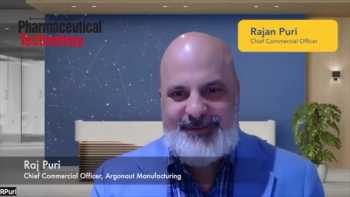
REACH Program May Carry Six Times the Expected Cost
Implementing Europe's Registration, Evaluation, Authorization, and Restriction of Chemicals (REACH) program, will require a massive increase in animal testing and cost six times more than previously estimated.
Implementing Europe’s Registration, Evaluation, Authorization, and Restriction of Chemicals (
"REACH expected that 27,000 companies would submit 180,000 preregistrations on 30,000 chemicals,” Thomas Hartung, a Doerenkamp-Zbinden professor, chair for evidence-based toxicology, and director of the Center for Alternatives to Animal Testing at the Bloomberg School of Public Health, explained to Pharmaceutical Technology Europe (PTE). “The big surprise, however, was that at the end of December 2008, 65,000 companies had submitted 2.7 million preregistrations on 143,000 chemicals." Hartung co-chaired the 7th World Congress on Alternatives & Animal Use held in Rome earlier this week.
In a
Hartung explained to PTE that the second species is rarely used when testing chemicals because few new chemicals are produced at quantities high enough to trigger testing. "This is now different with REACH where the high-production chemicals are tested; so while only 70 two-generation studies were conducted over 25 years for industrial chemicals in the EU, we calculated 14,000 for REACH if the guidance to industry is followed," he said.
He added that, "European regulators need to understand that this is not only about animal numbers, but mainly about feasibility. It is not possible to create the test facilities. We do not have the toxicologists-a two-generation study assesses 80 endpoints, including complex histopathology. Our analysis should not be misread as a pure ethical or financial concern-it is about a bottleneck identified for a program we want to happen."
So what are the alternatives? Hartung suggests testing only suspicious chemicals. "Currently, the main trigger is production volume; at least prioritize the suspicious substances and leave the others for later when high-throughput strategies are developed," he says. He offered additional options, including the use of an extended one-generation study and in vitro approaches. According to Hartung, 80–90% of the classifications of chemicals in two-generation studies are based on testing toxicity for which promising tests do exist.
"We hope that our study helps to gain momentum for a revision of current practices in regulatory toxicology," Hartung told PTE. He also explained that Europe could benefit from a development similar to the US Environmental Protection Agency
Newsletter
Get the essential updates shaping the future of pharma manufacturing and compliance—subscribe today to Pharmaceutical Technology and never miss a breakthrough.




